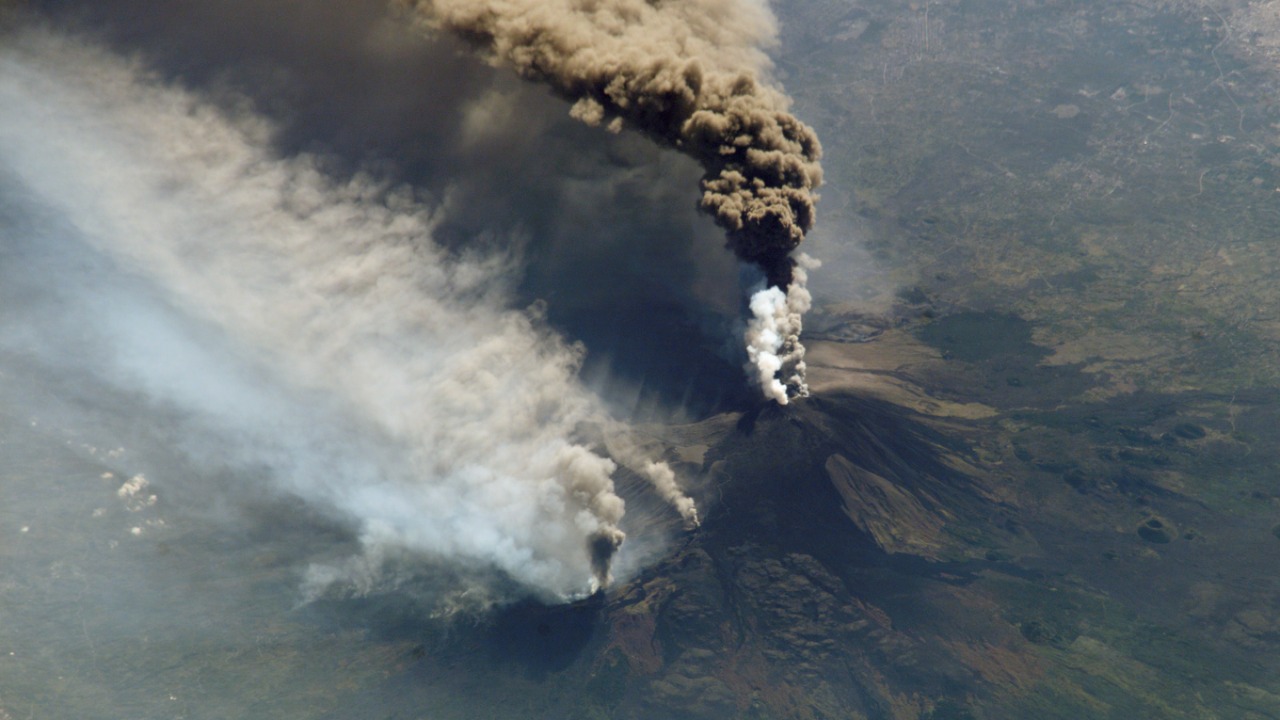
In a significant scientific breakthrough, researchers have developed a novel method to predict the next eruption of Mount Etna, a highly active volcano in Sicily, Italy. This innovative approach, which builds on the technological advancements demonstrated during the Iceland eruption, aims to enhance the precision of forecasting, potentially saving lives and reducing economic impacts from such events.
Mount Etna’s Volcanic History
Mount Etna, Europe’s tallest active volcano, has a long history of frequent eruptions. These eruptions have posed significant challenges for prediction efforts, given the volcano’s complex geological structure and unpredictable behavior. The need for better forecasting is underscored by specific past events, such as the powerful eruption in 2002 that caused significant damage to the tourist facilities around the volcano, as well as the ongoing activity of the volcano, as reported in recent coverage.
The impacts of these eruptions are not limited to the immediate vicinity of the volcano. They have far-reaching effects on the nearby populations and infrastructure, disrupting daily life, damaging property, and posing significant risks to public safety. The stakes involved in predicting and managing these eruptions are therefore incredibly high.
Challenges in Traditional Volcanic Monitoring
Traditional methods of volcanic monitoring, such as seismic monitoring and gas emissions tracking, often provide short warning times. These methods, while useful, have limitations in their ability to predict eruptions accurately and timely. The unpredictability of volcanic eruptions was demonstrated in events like the Iceland eruption, where despite the use of advanced technology, the eruption occurred with little warning, as detailed in this report.
These challenges have historically led to evacuations and disruptions around active sites such as Mount Etna. The unpredictability of eruptions and the short warning times often result in panic and confusion, further exacerbating the impact of the eruption.
The Breakthrough Discovery
The core announcement of the new prediction method for Mount Etna, as reported on October 19, 2025, is a significant step forward in volcanic forecasting. The scientific team behind this discovery has developed an approach specifically tailored for Etna’s unique geological characteristics. This new method, as reported here, is a testament to the team’s innovative thinking and dedication to improving public safety.
The timing of the discovery announcement underscores its recency and relevance. As Mount Etna continues to be active, the need for accurate and timely prediction methods is more critical than ever.
Technological Innovations Driving the Method
Emerging tech tools like artificial intelligence (AI) and satellite imagery are enabling earlier detection of potential eruptions. These technologies, which were also used in the prediction efforts during the Iceland eruption, are now being applied to Mount Etna. They allow for the integration of various data sources, enhancing the accuracy of the predictions, as detailed in the recent coverage.
Real-time monitoring enhancements, made possible by these technological innovations, could extend warning periods beyond traditional limits. This could provide authorities with more time to implement evacuation plans and other safety measures, potentially saving lives and reducing the economic impact of eruptions.
Applications and Testing of the New Approach
The initial testing phases for the Mount Etna prediction method have shown promising results. These tests, as reported in the recent discovery, have demonstrated the potential of the new method in accurately predicting eruptions.
Comparisons with the technological validations from the Iceland event, as detailed here, further underscore the potential of the new method. The scalability of this approach to other volcanoes is also being explored, with Mount Etna serving as the primary case study.
Implications for Public Safety and Preparedness
The new prediction method could significantly improve evacuation timelines and reduce risks for communities near Mount Etna. By providing more accurate and timely warnings, residents could have more time to evacuate, potentially saving lives. The lessons learned from the Iceland eruption, as reported here, further highlight the potential benefits of this new method.
There are also potential economic benefits. By minimizing disruptions to aviation and tourism around the volcano, the new method could help reduce the economic impact of eruptions.
Future Directions in Volcanic Forecasting
Research building on the Mount Etna discovery is ongoing, as detailed here. The integration of the new method with global networks, informed by technological advancements from the Iceland eruption, is a key area of focus.
Collaborative efforts among scientists worldwide are underway to refine and deploy the method. These efforts aim to improve volcanic forecasting globally, potentially saving lives and reducing the economic impact of eruptions.